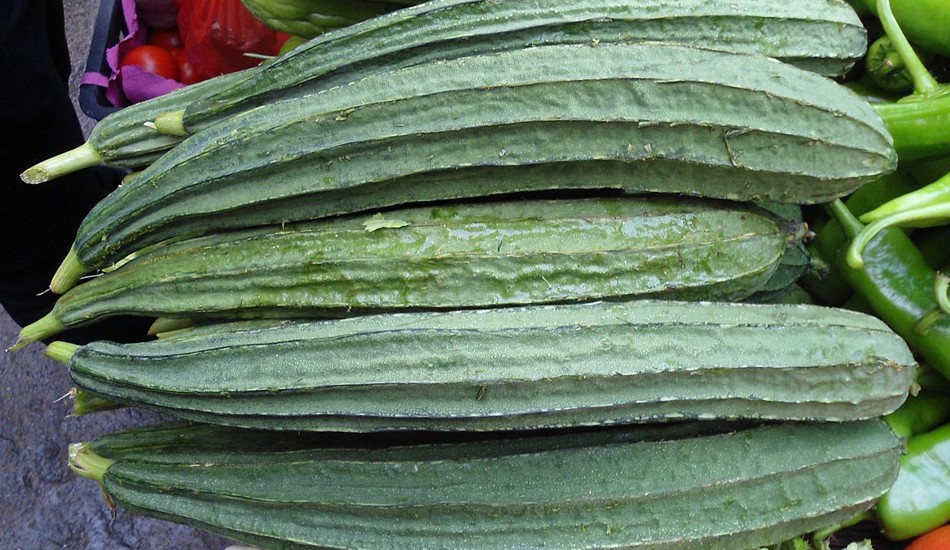Luffa gourds, also known as ridge gourds, are a popular vegetable usually grown for creating natural sponges. People use these sponges to brush and detox the skin, releasing toxins trapped inside. The process not only stimulates cell regeneration, but it also improves skin tone and boosts blood circulation. If you want to make your own luffa sponges, follow the instructions below.
Growing luffa gourds
“They are grown like a winter squash or hard-shelled gourd and their long (30 feet isn’t unusual) vigorous vines need lots of room to roam or a sturdy trellis to clamber over. Luffas need a long season to ripen (150 to 200 warm days) so in more northern areas of the country most gardeners start seeds in 5- or 6-inch pots inside a few weeks before planting time and then transplant them outdoors once the weather is warm and settled,” according to Good Housekeeping.
Take the luffa seeds and soak them in water for about 24 hours before planting. Keep in mind that you should ideally use new seeds since older ones that have been lying around for many years are not likely to germinate. Use a seedling heat mat to increase the success of germination. Once you start seeing leaves form, transplant the luffas into biodegradable pots.
When the weather is warm enough, you should start hardening the seedlings. After about a week, plant the seedlings in an area that receives full sunlight. Remember to plant the luffas at the base of a strong structure so that the vines can cling and climb properly. Always water the luffas and keep them hydrated. In a few months, the luffas should have matured enough to be made into sponges.

In a few months, the luffas should have matured enough to be made into sponges. (Image: Sundar via wikimedia CC BY-SA 3.0)
Keep the luffas on a flat surface and strike them with a rolling pin, knocking off the dried outer skin as much as possible. Peel off the remaining skin fragments. Once the luffas have been de-seeded and de-skinned, you will be left with a fibrous material. It will be coarse in texture and likely be black, brown, or yellow in color.
“Soak the dark and somewhat unappealing loofahs so that they appear more fresh and clean… A quick bath in a solution of bleach water (one teaspoon bleach to a gallon of water) for a few minutes will do. Rinse the gourds by spraying with a high-pressure hose. You may also wash them in soapy water. All of the seeds, and any rotten material or signs of mold should be removed completely,” according to Gardener’s Path.
Let the luffas dry out in the sun for a day. Turn them regularly so that they dry evenly and expunge all moisture. Once dried out completely, store the luffa sponges in a place that does not have much moisture.
Eating luffa gourds
You can also eat luffas if you want. In fact, they are used in Indian and Chinese cooking. Since they are rich in nutrients and minerals, luffas make a healthy addition to any meal. “Luffas are especially rich in vitamin A and high in manganese, potassium, copper, vitamin B5 and B6, and vitamin C… you don’t want to eat a fully dried out luffa, those are meant for your sponges. For eating, pick your luffas when they’re less than 5 inches long and still soft inside. The fibers don’t form until they reach about 12 inches long or so,” according to Gardening Soul.
Eating luffas can help you deal with macular degeneration, a condition that often leads to blindness. According to the National Eye Institute, people who consume Vitamin A, C, E, copper, and zinc reduce the chances of macular degeneration by about 25 percent in a 6-year period. Luffas have all these nutrients. The anti-inflammatory properties of luffas can also help to ease the pain and swelling associated with arthritis.
Follow us on Twitter or subscribe to our weekly email


